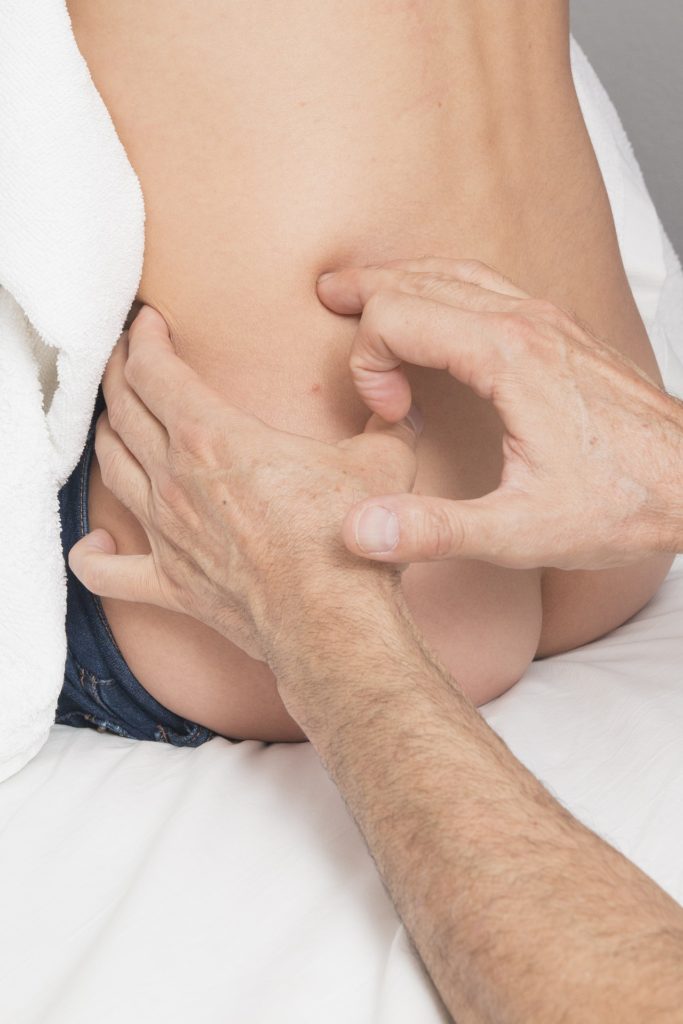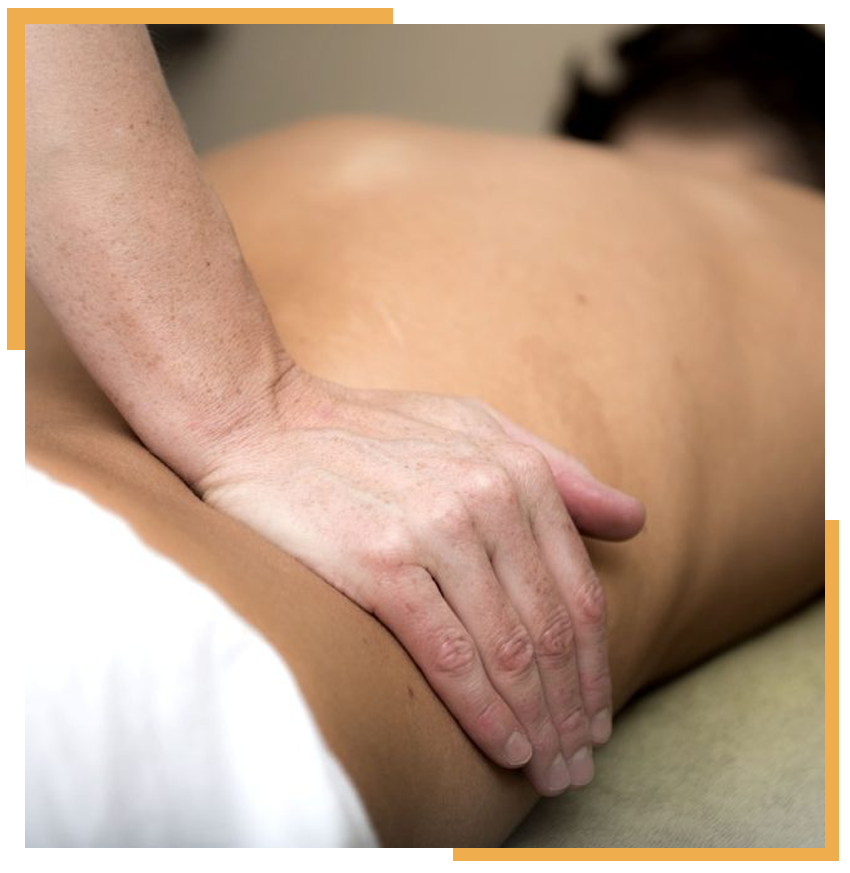Pelvic Organ Prolapse Physical Therapy

What is Pelvic organ prolapse?
What is Pelvic Floor Disorder?
- Pelvic organ prolapse
- Anal incontinence
- Urinary incontinence

Types of Prolapse
Uterine Prolapse
Uterine prolapse conditions happen when pelvis tissues and muscles weaken. In this case, the uterus drops or presses into the vagina. In some cases, it can come out through the opening of the vagina. Our physiotherapists put you through various exercises such as Kegel to rectify the condition. Symptoms of uterine prolapse include:
- Urine leakage
- Heaviness or fullness in the pelvis
- Bulging within the vagina or a distinct lump
- Aching and lower back pain
- Painful sexual intercourse
This condition is described in various pelvic organ prolapse stages. These conditions include:
- Stage I- In this stage, the uterus collapses into the upper half of the vagina.
- Stage II – The uterus descends near the vagina opening.
- Stage II – The uterus bulges out of the vagina.
- Stage IV – It's where the uterus is completely out of the vagina.
What Causes Uterine Prolapse?
There are many ways in which the pelvic floor linked to the connective tissues can be damaged. These include:
- Pregnancy, especially multiple births such as triplets or twins. Several pregnancies can also cause the condition.
- Vagina birth where the baby is large, prolonged pushing, or quick delivery.
- Obesity
- Pelvic tumor
- Straining oneself during a bowel movement
- Low estrogen levels after menopause.
Anterior Wall of the Vagina Prolapse (Cystocele or Urethrocele)
- Urinary frequency, loss of bladder control, and nighttime voiding. You can also get recurrent bladder infections for lack of proper emptying of the bladder.
- SUI or stress urinary incontinence, especially when you laugh, cough, sneeze, or exercise. It can be due to weakened urethra support.
Posterior Wall Prolapse (Rectocele or Enterocele)
Posterior wall prolapse, including rectocele or enterocele, occurs when the thin wall of fibrous tissue separating the rectum from the vagina weakens, allowing the rectal wall to bulge into the vagina. This condition can cause discomfort and complications in bowel movements, and is often related to childbirth, aging, or chronic straining.
Paraneoplastic syndromes
Rectal Prolapse
Schedule an appointment today
Pelvic Organ Prolapse Treatment
- Symptoms severity
- Prolapse severity
- Patients health and age
- Also, if a patient plans to have any more children.
Making Lifestyle Changes
- Losing weight if you are overweight.
- Avoiding lifting heavy weights
- Eating healthy meals rich in fiber to avoid constipation.
- Exercising also helps reduce the symptoms.
- Manage chronic coughs and stop smoking.
- Avoiding high impact exercises.
Surgery
- Surgical Repair: These surgeries involve lifting and supporting the pelvic organs.
- Vaginal mesh surgery: This pelvic organ prolapse surgery can repair the condition from the stomach.
- Hysterectomy: This is a treatment option for uterine prolapse. The removal of the uterus helps relieve pressure from the vaginal, reducing the chances of the problem recurring. However, you cannot get pregnant after this procedure. You can also go through early menopause.
- Closing the vagina: In some cases, the doctors can recommend closing part or all of the vagina. It is an option for women with severe prolapse conditions, and they are sure they do not want to have sex again.
Pelvic Organ Prolapse Exercises
Vagina Pessaries
- Unpleasant vaginal discharge that smells due to infection.
- Sores and irritation inside the vagina or bleeding.
- A urinary tract infection
- Stress incontinence, where you can pass small amounts of urine when working out, coughing, or sneezing.
- It interferes with sex, but most women can have sex with the device still intact.
Hormone Treatment
Can You Prevent Pelvic Organ Prolapse?
- Doing regular pelvic floor exercises. You can engage our physical therapists for guidance.
- Having a healthy weight or losing weight if you have excess weight.
- Avoiding heavy lifting
- Stopping to smoke
- Eating foods rich in high-fiber content, fresh fruit, vegetables and wholegrain to avoid constipation or straining during bowel movement.
OneRehab | Richardson
1761 International Pkwy Suite 135, Richardson, TX 75081, United States
OneRehab | Dallas
6080 N Central Expy #125 Dallas, TX 75206
Email Us
info@onerehab.com
Call Us
972 845 7875
Working Hours
M - F 7:00 AM – 7:00 PM
Sat 8:00 AM – 2:00 PM



